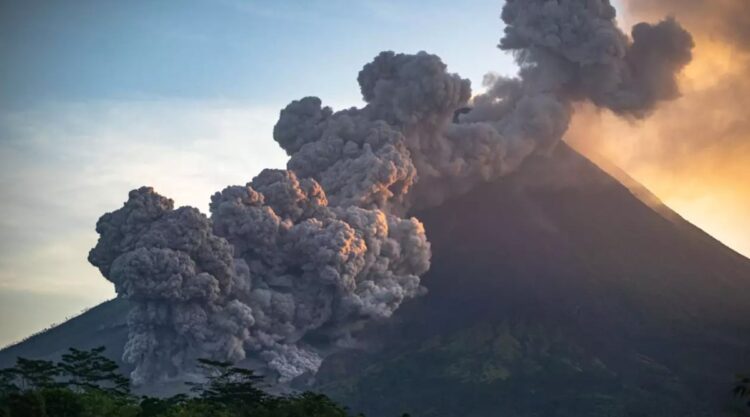On Monday, it was reported that 11 climbers lost their lives, and over 12 individuals are missing after Mount Marapi erupted in Indonesia. According to authorities, this happened in West Sumatra, and at the time of the eruption on Sunday, about 75 people were in the affected area.
The Head of the Padang Search and Rescue Agency, Abdul Malik, shared that out of the 26 people not yet evacuated, they’ve found 14. Unfortunately, among them, 11 were found dead, and only three were alive. The situation is concerning, and rescue efforts are ongoing.
The eruption on Sunday was captured on video, revealing a massive cloud of volcanic ash spreading across the sky. The aftermath showed debris covering cars and roads. The impact was severe, and the visuals depict the challenging conditions faced by those in the vicinity.
Adding to the challenges, a minor eruption occurred on Monday, leading to the suspension of rescue operations. This highlights the dangers and complexities involved in managing such natural disasters. The safety of rescue workers is also a crucial consideration in these situations.
Indonesia, where this volcanic activity occurred, is part of the Pacific’s “Ring of Fire.” This region is known for its heightened seismic and volcanic activity. The country has a significant number of active volcanoes, totaling 127 according to the volcanology agency. Mount Marapi, standing at about 2,891 meters (approximately 9,500 feet), is one of them. Understanding the geological context helps in comprehending the frequency and impact of such events in this part of the world.

















Comments